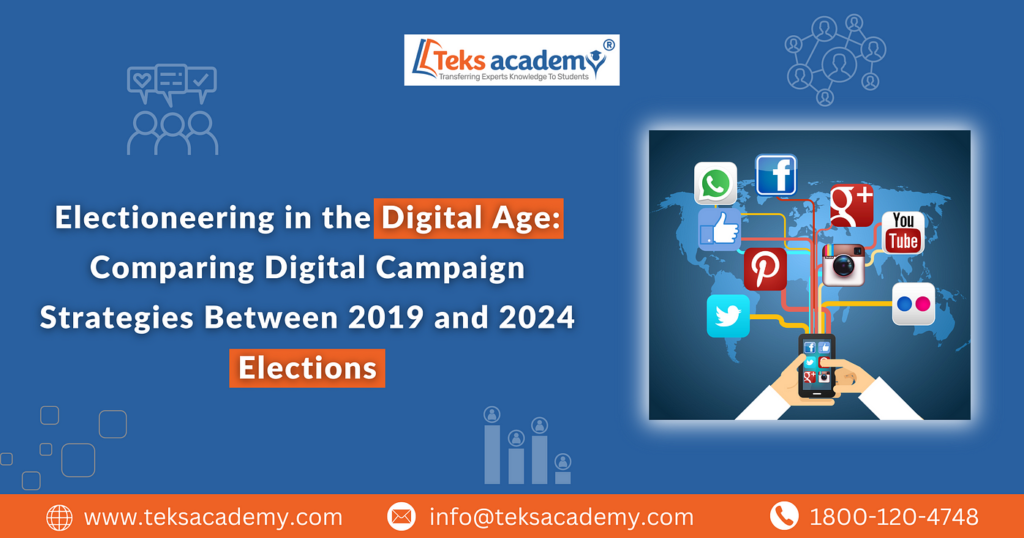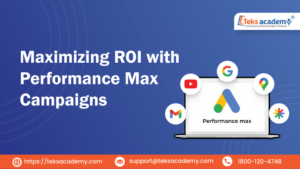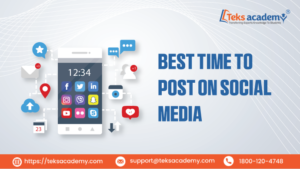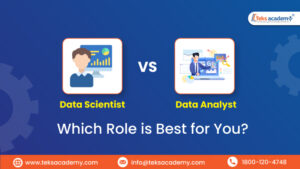The competition for the 2024 Lok Sabha elections is well underway, with every political party in India striving to establish a strong digital presence to increase their chances by using Digital Campaign Strategies for securing a greater majority in the polls.
“Election 2024 – It’s more than just a word. It’s a call to action, a responsibility we all share as citizens of a diverse and vibrant nation. With 1.42 billion voices, each one matters in shaping the future of our country’s primary leader.
In the midst of this monumental task lies the crucial challenge of ensuring every citizen is informed about the political parties and their promises. This is where the power of digital campaigning comes into play.
For the first time ever, in 2019, election campaigns went digital. Every corner of our great nation was alive with the buzz of digital media, as political parties competed for your attention and your vote. But this isn’t just about campaigns. It’s about empowerment. It’s about giving every citizen the tools and information they need to make informed decisions on Election Day.
This article takes you on a large tour of the digital marketing strategies used by the political parties and provides insights about the data obtained during the political campaign. How social media was leveraged during the 2019 and 2024 election campaign with data comparison.
Why Digital Marketing Needed, When Traditional Marketing is Enough For Political Campaigns?
Over the years, traditional mass media channels such as newspapers, public banners, and media advertisements have significantly influenced the spreading of political parties’ messages and promises across every corner of the country. However, one drawback is their time-consuming nature, often requiring at least a day to initiate any campaign through these mediums.
In this fast-paced century, where information travels at lightning speed, politicians find themselves in need of reaching their supporters quickly. Recognizing this need, politicians began experimenting during the 2014 and 2019 elections, which led to a major impact on engaging supporters on a large scale.
With this understanding, every election candidate now races to enlist the services of a digital marketing company to reach out to India’s vast population of 1.42 billion people.
The Digital Marketing Strategies 2019 by the Political Parties:
During the 2019 election showdown, each political party had its own social media team. Members of each party formed their own teams to manage their online presence. Initially, the Bharatiya Janata Party (BJP) wasn’t quick to start digital marketing campaigns, but they later formed three separate WhatsApp groups for each polling booth to promote their party across nationwide, involving 1 million media volunteers. In total, they targeted 90,000 polling booths, and they used the NaMo app to track results.
Their campaign was highly successful, reaching 550 million voters in India. The widespread availability of Reliance Jio’s data services allowed users to easily share political content without interruptions. Additionally, every Jio phone came pre-installed with the NaMo app, making it effortless for the political party to target millions of voters. Due to increased internet usage, social media users surged by 24%.
The Congress party, for instance, independently hired a professional IT team to monitor the social media activities of opposing parties and strategically post relevant content on their own platforms. This tactic had a notable impact on the BJP’s social media presence, though the latter had established a formidable advantage by effectively leveraging social media well in advance of other political entities.

Image Courtesy: www.datareportal.com

Image Courtesy: www.datareportal.com
The Digital Marketing Strategies formed by the Political Parties 2024:
With the increasing prominence of AI marketing in digital media, political parties have likewise turned to data analytics and AI strategies. They now enlist dedicated data analysts to monitor the sentiments and preferences of Indian citizens on social media platforms. Leveraging tools such as Google Analytics and Facebook Insights, parties closely track the performance of their advertisements to fine-tune their strategies accordingly.
In 2019, the BJP employed the NaMo app in collaboration with Reliance to gauge audience engagement. In 2024, the party continued to utilize the NaMo app and MyGov app to provide users with comprehensive information on government schemes launched during their tenure, thereby enhancing their visibility. These apps serve as direct channels for citizens to engage with the government and actively participate in the decision-making process.
For the 2024 elections, the Congress party’s focus is entirely on social media, spending 70% of their campaign money there. This was a huge increase compared to what they spent in the 2019 elections, which was ten times less. They hired three companies – Silver Push, Design Boxed, and Niksun – to handle their social media campaigns. The cost for making these campaign videos ranged from Rs. 25,000 to Rs. 5 lakhs each. In the upcoming days the party is planning to create 10 more social media campaigns, where the primary focus on Instagram and outbound campaigns.
Facebook strategy for 2024 elections:
Facebook has established a special operations center for elections to spot any violation of election rules and their own policies during the campaigning period.

Image Courtesy: India Today
List of information collected for the Meta Ad library report:
Amount spent by members of BJP party – 5.7 Cr.
Ulta Chashmaa entity – 3.2 Cr.

Image Courtesy: India Today
Meta Strategy for Elelctions 2024:
Meta is getting ready for the 2024 elections by taking steps to fight misinformation, boost transparency, and stop voter interference. They’ve set up an Election Operation Center to spot potential threats.
Some of the Interesting Data Gathered From Election Campaigns:
While leveraging the code of ethics and regulations can offer significant advantages in facilitating a seamless and trouble-free social media campaign for, there are also drawbacks. Failure to adhere to the rules and regulations can result in the rejection of certain posts, thereby ensuring the effectiveness of the campaign.
List of posts removed by the social media platforms during elections:
- Facebook – 650 posts.
- Twitter – 220 Posts.
- Sharechat – 31 posts.
- YouTube – 5 videos.
- WhatsApp – 3 user services.
Highest Amount Spent on Ads for The Political Social Media Campaigns:
Google Ads:
BJP – 12.19 Cr (41.4%)
DMK (TN) – 4 Cr (13.6%)
Congress – 3 Cr (10%)
Facebook Ads:
BJP – 4.3 Cr (14.7%)
Congress – 1.8 Cr (6.1%)
Key Takeaways for Beginners in Digital Marketing:
There are several key takeaways for the beginners in digital marketing from this dynamic and a vast landscape of Indian general election:
Digital Dominance: The election highlighted the growing reliability on digital media in political campaigns. This showcases how specific strategies help digital marketers in achieving broader reach and visibility across social media platforms.
Targeted Approach: Focusing on the appropriate audience within the correct platform enables digital marketers to quickly reach their target audience with enhanced visibility.
Leveraging Applications: When you have access to tools or any other relevant application that helps the marketers to reach the audience, they should leverage them to expand their reach. This not only increases the reach of the audience but also increases the awareness of the applications.
Social Media Impact: Social media platforms were instrumental in creating the visibility of political parties, leading to significant impact. This showcases the important role social media plays as the backbone of any digital marketing strategy to engage with potential audiences. Below are some of the notable social media platforms.
Facebook: 3.05 Bn monthly active users
WhatsApp: 2.78 Bn MAUs
YouTube: 2.49 Bn MAUs
Instagram: 2.04 Bn MAUs
WeChat: 1.32 Bn MAUs
TikTok: 1.22 Bn MAUs
Telegram: 800 Mn MAUs
Snapchat: 635 Mn users
Challenges and Drawbacks: While digital marketing offers numerous benefits, it also has challenges such as adherence to regulations and ethical standards. Failure to follow these rules can lead to the removal of posts and ads, impacting campaign effectiveness.
Advertising Expenditure: Political parties invested heavily in digital advertising, with significant amounts spent on platforms like Google and Facebook. Understanding the allocation of resources and expenditure patterns is important for effective campaign planning.
Before leveraging social media platforms, it’s more important to know about the effective budgeting strategy, information about the campaign setup, understanding audience behaviour, and navigating regulatory frameworks.
Way Ahead:
Digital media was a game-changer in the 2019 Indian general election, and it’s only getting more competitive and hot in the 2024 elections. With over 500 million internet users in India, the potential to reach voters is enormous. Imagine the impact we can have by harnessing the power of platforms like Google, Instagram, Facebook, WhatsApp, and many others.
But here’s the thing: there are still so many people who are not aware of digital media. That means we’re missing out on reaching a huge chunk of the population. By embracing social media now, we’re preparing for the future, where even more people can be reached.
Look at the impact of social media during the 2019 elections, which is going to impact a billion lives in the 2024 elections. They had a smart strategy, using social media to spread their message far and wide. It’s time for all political parties to step up and make the most of these tools. Social media isn’t just for fun anymore—it’s where the conversation happens. Let’s use it to shape that conversation and make sure our voices are heard.






